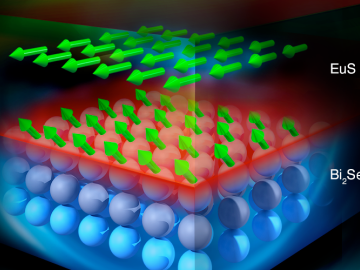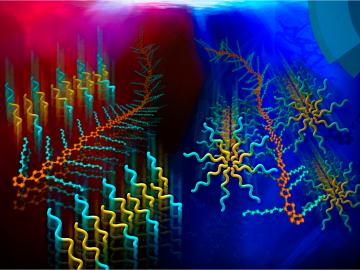Filter News
Area of Research
- (-) Materials Synthesis from Atoms to Systems (2)
- (-) Neutron Science (7)
- Advanced Manufacturing (4)
- Biological Systems (4)
- Building Technologies (2)
- Chemistry and Physics at Interfaces (3)
- Clean Energy (46)
- Energy Frontier Research Centers (4)
- Fossil Energy (1)
- Functional Materials for Energy (3)
- Geographic Information Science and Technology (1)
- Isotope Development and Production (1)
- Materials (42)
- Materials Under Extremes (3)
- Nuclear Science and Technology (6)
- Quantum Condensed Matter (1)
- Reactor Technology (1)
- Supercomputing (11)
- Transportation Systems (3)
Media Contacts



The International Union of Pure and Applied Chemistry (IUPAC) Inorganic Chemistry Division has published a Provisional Recommendation for the names and symbols of the recently discovered superheavy elements 113, 115, 117, and 118.


Researchers at the Department of Energy’s Oak Ridge National Laboratory used neutrons to uncover novel behavior in materials that holds promise for quantum computing. The findings, published in Nature Materials, provide evidence for long-sought phenomena in a two-dim...




Graphene, a strong, lightweight carbon honeycombed structure that’s only one atom thick, holds great promise for energy research and development. Recently scientists with the Fluid Interface Reactions, Structures, and Transport (FIRST) Energy Frontier Research Center (EFRC), led by the US Department of Energy’s Oak Ridge National Laboratory, revealed graphene can serve as a proton-selective permeable membrane, providing a new basis for streamlined and more efficient energy technologies such as improved fuel cells.




